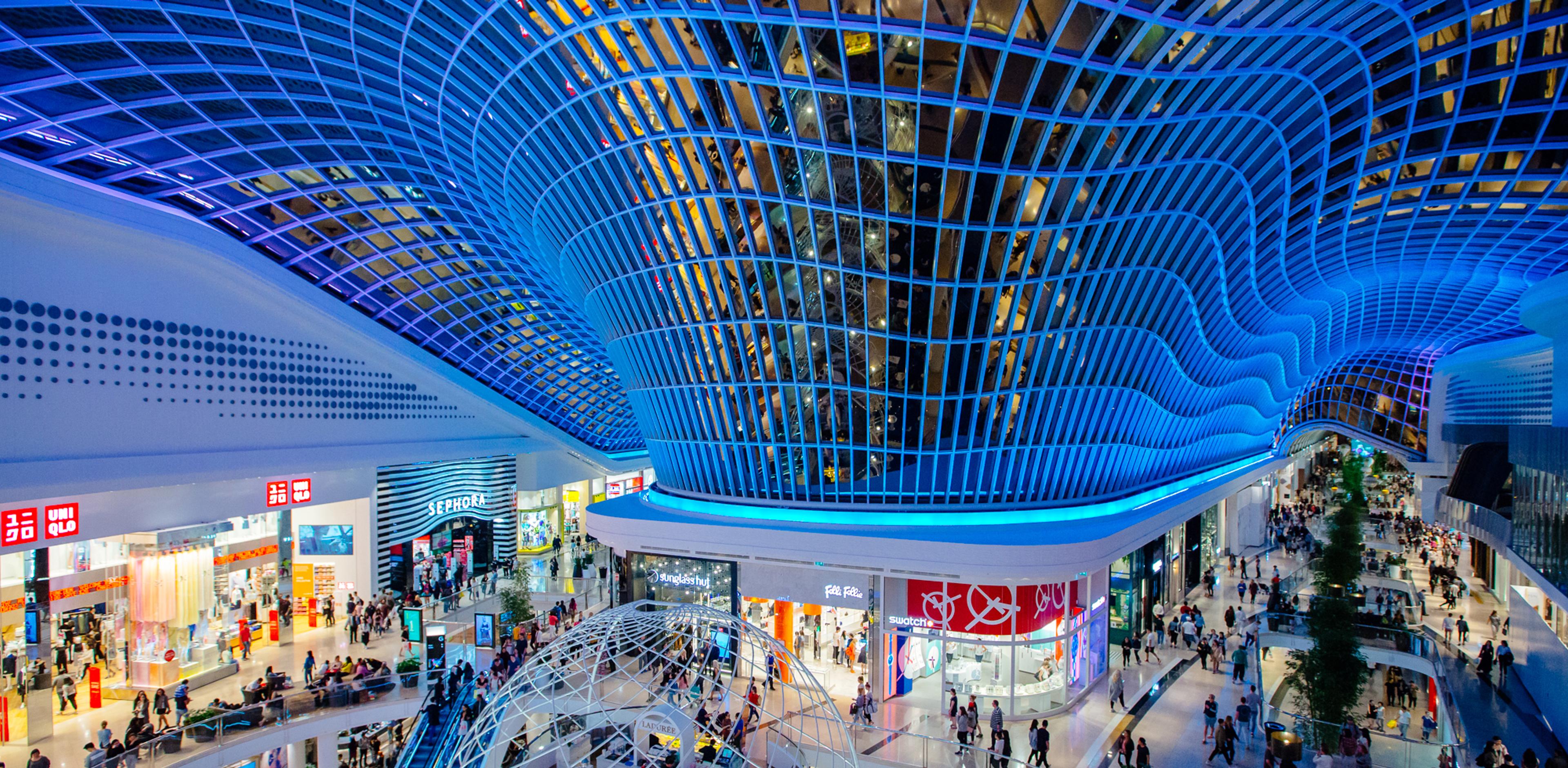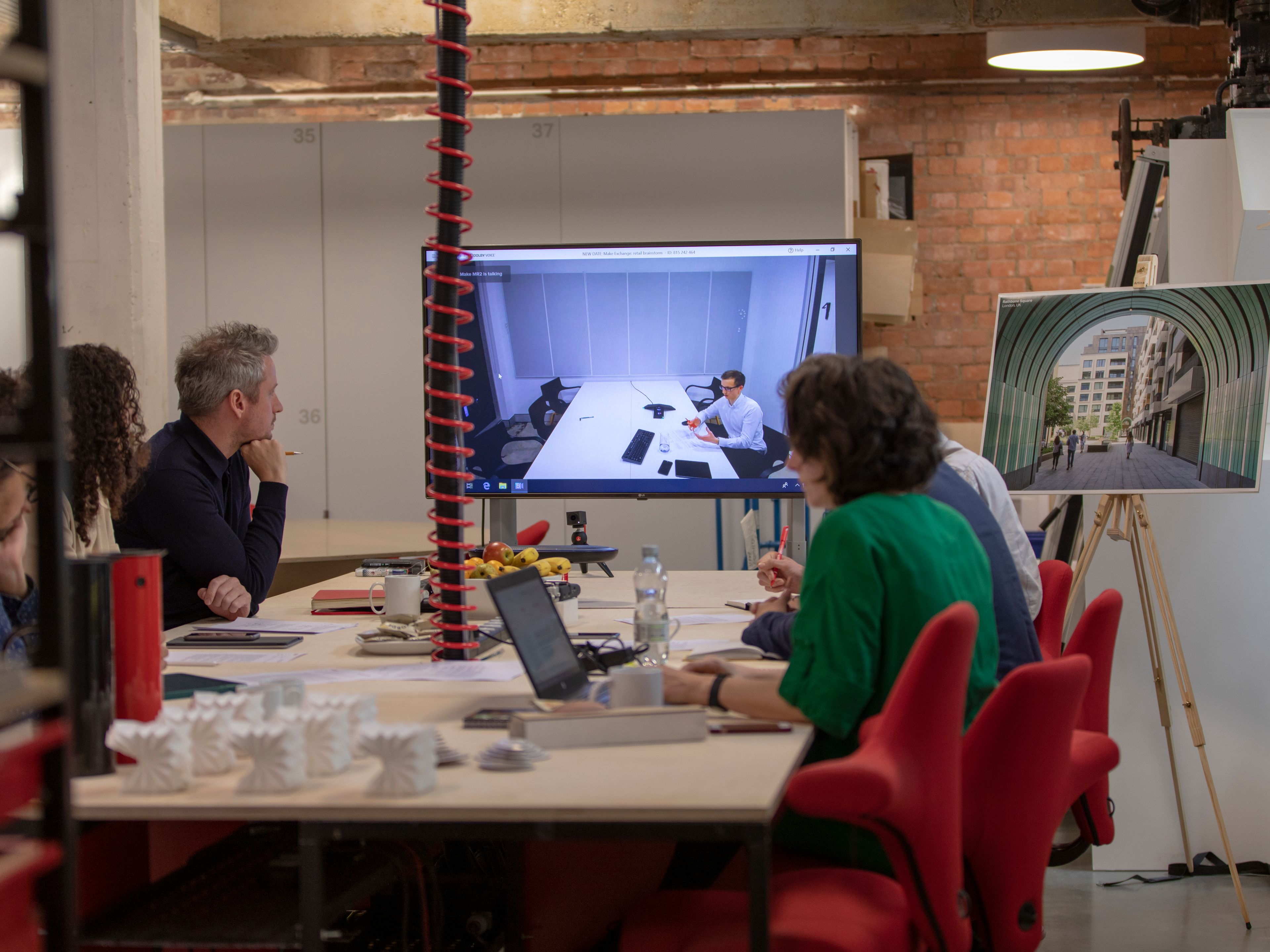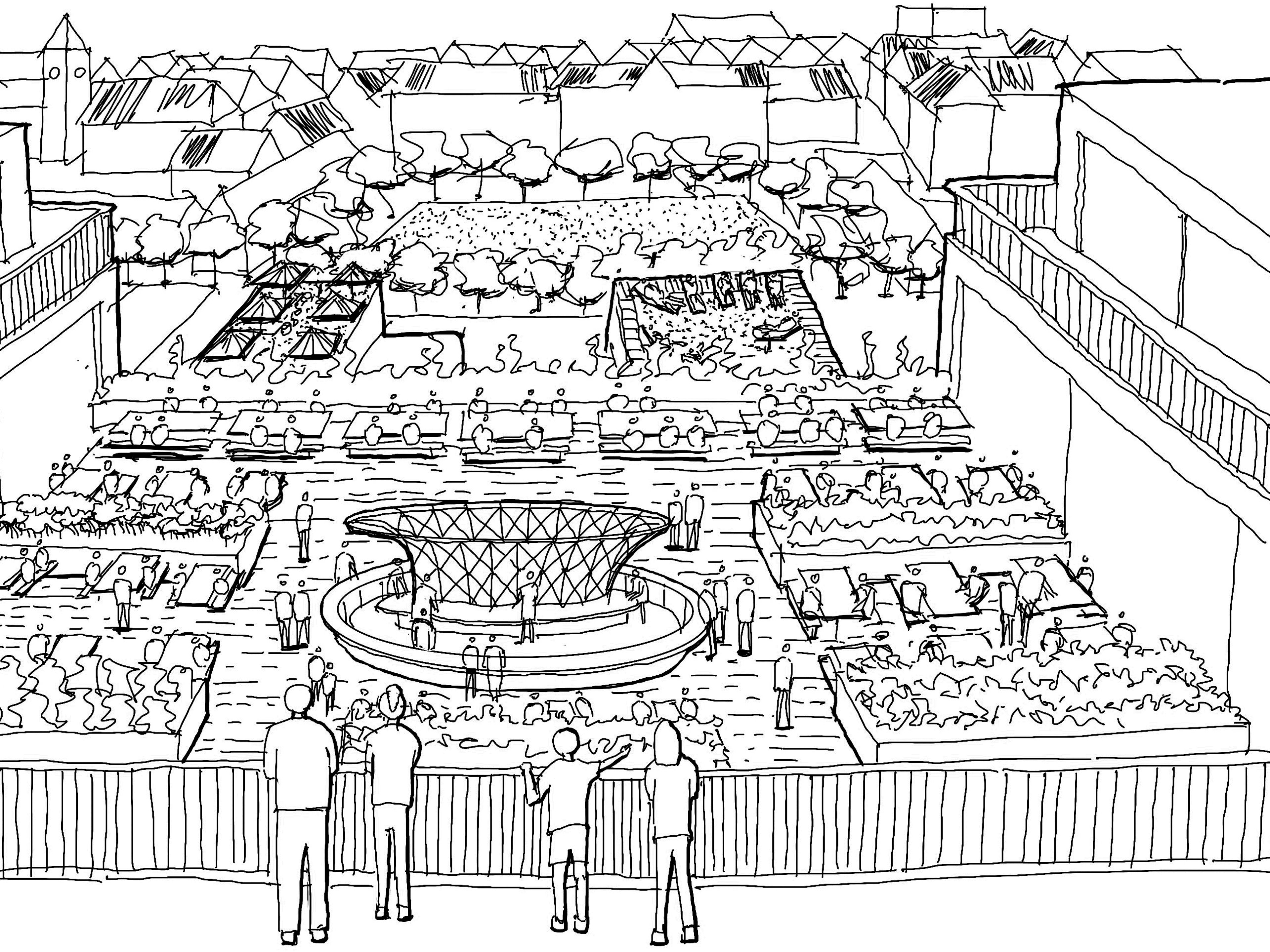Interview with Rachele Godridge, Vicinity Centres

“The consumer is firmly in the driving seat, and they are pushing brands, retailers and shopping centres to design better solutions, products and experiences.”
Jack Sallabank: Can you tell us about your role at Vicinity?
Rachele Godridge: I support the thinking around the consumer experience in our shopping centres and destinations. I work across marketing, leasing, data and insight to ensure we are deeply understanding of our customers and communities and therefore providing relevant destinations for our customers. In addition, I also look after our Retail Delivery Team, which means I work with retailers to deliver their new stores and upgrades.
JS: You have been involved in retail for the majority of your career. Can you reflect on some of the changes you’ve seen over the years?
RG: If we go back many, many years to when I started my career in retail, the consumer was reliant on the retailer to provide product expertise to inform their buying decisions. The retailers were in the driver’s seat. Now the consumer is firmly in the driver’s seat, and they are pushing brands, retailers and shopping centres to design better solutions, products and experiences.
Another big change I’ve witnessed is the shift from highly transactional spaces to spaces that appeal to human desire and create social connections. The product has become secondary to the experience. Customers still want to go to physical retail stores, but retailers now need to give the consumer a reason to go to their specific store, because they are spoilt for choice.
JS: In the UK a number of our big traditional retailers are struggling, and some of our high streets are also struggling. Is there a similar story in Australia at the moment?
RG: It’s not dissimilar to the UK; retail is in an unprecedented state of flux. There’s a lot of media coverage about store closures and the death of retail. But what is becoming clear is that retail is far from dead, though we are in the midst of a reimagining of the industry and the shift of the purpose and form of physical spaces.
Transactions can happen online, but emotional connection and engagement need to happen in person. Bricks and mortar retail gives the opportunity for retailers to humanise their brands and create community at the same time as showcasing their product and service.

Chadstone, managed by Vicinity Centres, is the largest shopping centre in the southern hemisphere.
JS: At Vicinity you talk about reimagining places of the future and creating places where people can connect. How do you achieve that?
RG: At Vicinity we spend a lot of time getting to know our local community – who they are and what they need. For us to be successful, we need to balance our unique and local insights with wider universal and social trends. For example, a big trend that we’re responding to is about ‘one place’. The customer no longer wants to have one place to live, another place to work and another place to play; they want it all, and they want it all on one place. This is about blending uses and being able to serve the whole person and create a place where everyone feels included.
JS: What role does technology play in helping you to innovate in your centres?
RG: What we’re seeing is the increased ability to access data and insight in our stores and then using that insight to think about who is shopping and how we provide better spaces for them. We’re also seeing some big innovations come forward such as augmented reality, which is likely to take a larger role in the future in our shopping centres to make shopping easier for customers. Smart mirrors have been talked about for a long time, and they are starting to hit the market. With a touch of a button the consumer can have a virtual shopping experience with on-screen sizing, colour options and connections to the staff on the shop floor. Also, there is a move towards personalised navigation, so the use of robotic shop assistants to help customers find products that they are looking for and to inform them about offers and tailor specific offers to customers.
Tags
Authors
Rachele Godridge, General Manager Consumer & Retail Operations at Vicinity Centres in Sydney, has been involved in the retail sector for her entire career.
Publication
This article appeared in Exchange Issue No. 2, which explores the changing nature of the retail sector with contributions and design analysis from leading retailers, developers, consultants and more.
Read more

